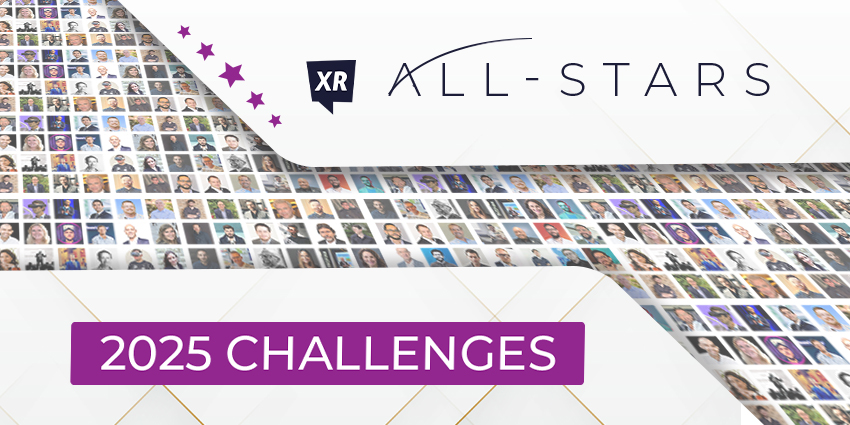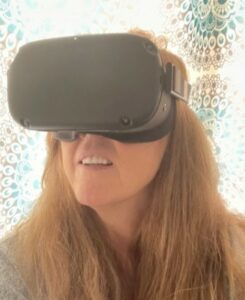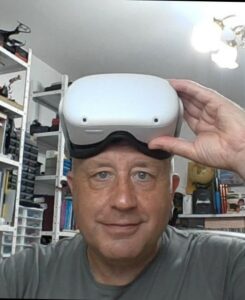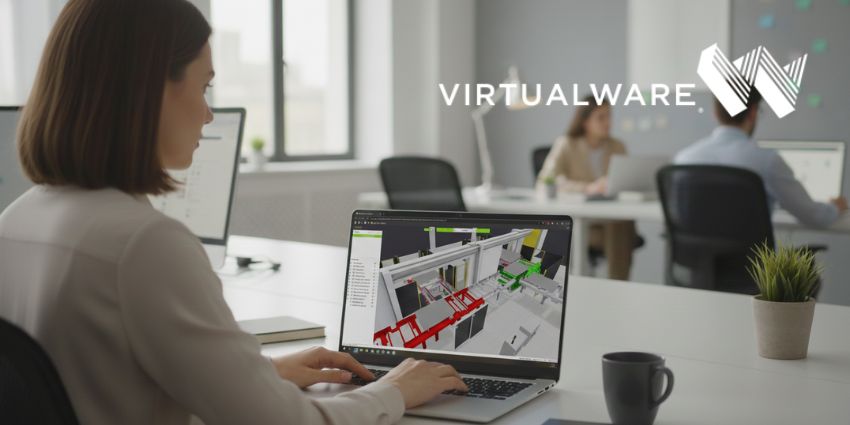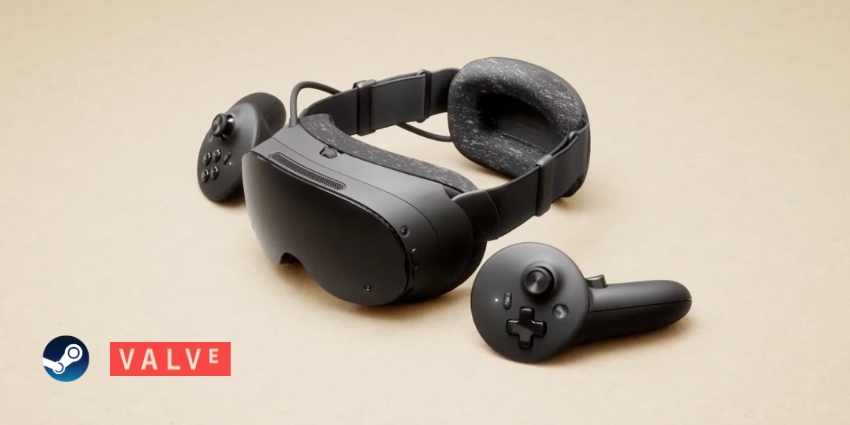The XR world is a growing space of opportunity. While headset news dominates and steals headlines, the ways in which immersive RT3D technology is used today reach many users in manufacturing, industrial, factory operations, and more.
As use cases emerge, grander deployments of immersive solutions will follow. But with this comes challenges. For its second year in a row, XR Today compiled the thoughts of industry leaders on how to tackle the industry of tomorrow.
Below, you will find a summary of some of their responses. To view their complete answers to these questions and more, check out the XR All-Stars section or click on a leader’s name to access their full profile.
Scaling XR in 2025
2025 and leading into 2030 may be a paradigm-shifting period for XR as devices become more lightweight, alognside new technologies such as AI and RT3D streaming helping to fuel the potential of AR/VR/MR solutions for businesses is growing.
However, scaling and deploying these solutions is a task that must be approached with rich consideration to an end-user and their needs, Nick Day, VP of Sales & Marketing, Roundtable Learning, explains in his All-Star page:
A main challenge we consistently face is continuing to educate our clients on the most successful ways to leverage XR technology. While everyone is excited about the possibilities, it’s not a fit for every training challenge.
Moreover, Shah Reyad Farabi, Co-founder and CEO of Azmi Studio, noted that the “biggest challenge” Azmi Studio could face in 2025 “might involve scaling operations while maintaining quality and innovation.”
“As the demand for XR solutions grows, balancing increased client expectations, expanding the team, and staying ahead of rapidly evolving technologies could prove to be a significant hurdle,” Farabi also added.
Mads Troelsgaard, CEO and co-founder of SynergyXR, also noted that expanding his firm’s portfolio is key, claiming that a challenge in 2025 is to “get the world to know about SynergyXR and the possibilities with our platform.”
Other scaling considerations could include “financing,” as explained by Christine Hobbi, Immersive Experience Architect at ServiceAlliances International. Amir Bozorgzadeh, CEO of Virtuleap, is also considering this aspect. He stated that a challenge in 2025 may be “scaling commercially to the next tier.”
Amany Alkhayat, Founder and CEO of LinguaTech, reflected this sentiment by adding:
We are actively exploring funding opportunities to support our XR project in second language learning education. Securing funding will enable us to expand our reach, enhance accessibility, and drive impactful educational outcomes on a global scale.
Further scaling challenges exist in “juggling our workload on a smaller team,” explains John Luxford, CEO of Flipside XR, and “expanding our client base into new areas of XR,” as noted by Kevin Joyce, CEO of Tiny Brains.
Innovation Hurdles
The XR space, an emerging technology territory, offers many lessons. One of those lessons is how to successfully leverage corresponding technology solutions, like the aforementioned AI and RT3D streaming landscape.
Nick Roseth, Chief Explorer at Explore Design, named “keeping up with AI” as a hurdle to tackle in 2025. Meanwhile, Cam Stevens, Director of Safety Innovation Pocketknife Group, noted the importance of “extracting meaningful value from the fast-changing AI landscape” in 2025.
Jan Pflueger, Founder and advisor of advisXR, also reflected on AI’s importance for XR innovation by reiterating the importance of “keeping up with the speed of development in AI and transferring it into the business.”
On the other hand, Davide Zhang, Microsoft’s Technical Designer, said a core consideration going into 2025 is “balancing shipping familiar patterns versus pushing the boundary of spatial interactions.”
Meanwhile, Jose G. Pichel, Engineering, Finsa, highlighted the various technologies that play a role in the successful deployment of XR, such as relating “technical training through immersive technologies with real-time data from the IIoT platform, getting closer to achieving the real digital twin.”
Speaking broadly on the range of innovation affecting the XR marketplace, Taimoor Nawab CEO Arvizio said:
It’s not a challenge only of 2025, but the availability of diverse set of headsets has been a roadblock in the adoption of many XR solutions. This does look to change in coming years with many new entrants announcing upcoming devices. That being said, our solutions are device agnostic and support Tablets and Mobiles on top of headsets. Many enterprises actually prefer the device agnostic approach for future proofing their investment. The other opportunity will be working with enterprises to help develop AI enabled XR solutions that solve their specific use case which has been one of our new focus areas in 2024. 2025 will be the same, as we look to enable companies quickly and make sure they see the best ROI possible.
Moreover, Rodrigo Mulinário Ramos, Product Owner of FITec, stated, “I believe keeping up with new technologies is, and always will be, a significant challenge. Not only does it take time to master them, but it also requires constant learning to stay updated and avoid outdated knowledge.”
Establishing Market Presence in 2025
With various companies, big and small, claiming a stake in the AR/VR/MR market in 2025, establishing a market presence in 2025 is a crucial consideration for success.
This is a key considertatioon for XR Today’s All-Star, for example, Chris Guerin Founder & CEO Xpllore, nameded “establishing a strong market for our new product,” a key consideration for 2025.
At the same time Frank Furnari, CEO & Founder ARuVR, noted that “as a CEO of a startup, there are several challenges, in 2025, one of the key challenges is the navigation of uncertainties. In fact, operating in an emerging market such as XR requires a robust decision-making framework.”
Annie Eaton, CEO of Futurus, also said:
My company, Futurus, is launching our first licensed product, XR Industrial, in Q2 of 2025. Releasing the product will be our biggest challenge, but I’m excited for what it means for the future of the company, and the industry! We’ve already sold licenses ahead of launch which is promising to me as a business owner. I think one of the challenges is how to classify the product because it sits at the intersection of custom and off-the-shelf VR training solutions. These are good challenges! I can’t wait to see what the industry thinks of the product and expand the solution for additional markets outside of industrial safety training.
